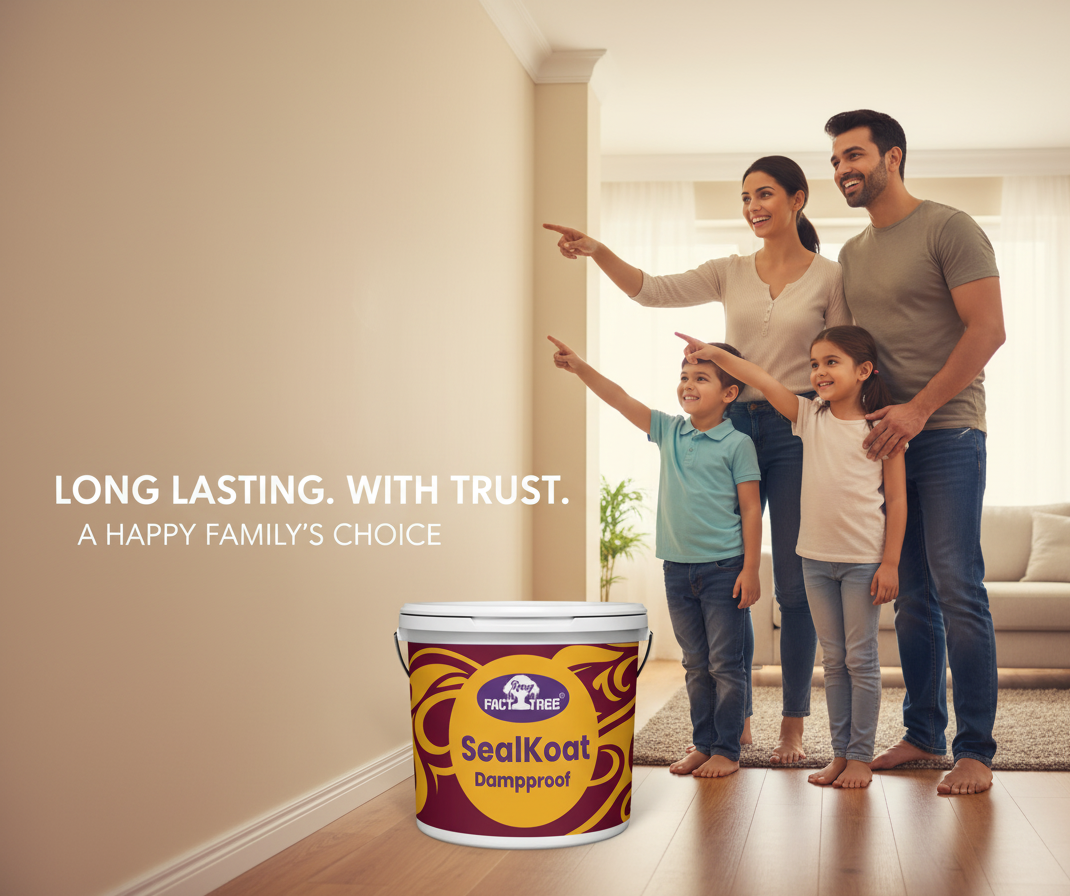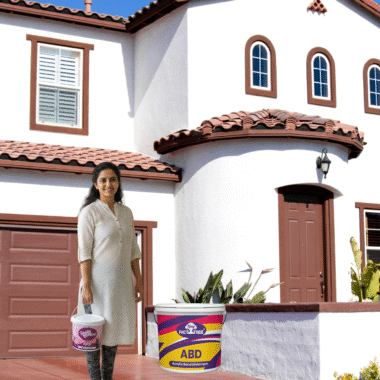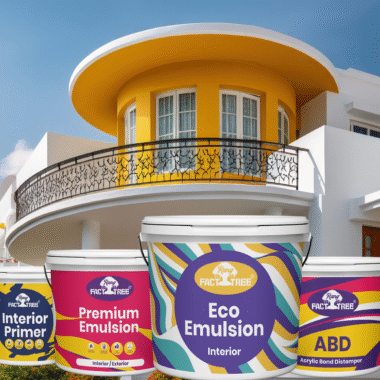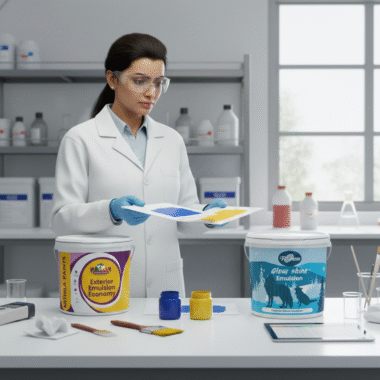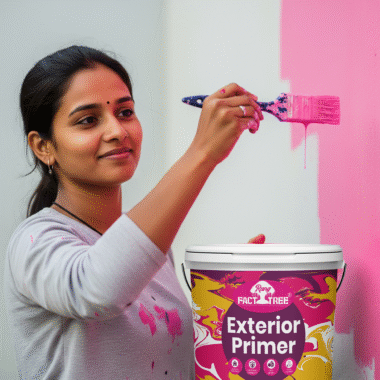In the world of home improvement, few elements can transform a space as dramatically as a fresh coat of paint. Whether you’re refreshing a single room or undertaking a full renovation, choosing the right paint is crucial. And when it comes to achieving professional, long-lasting results, nothing beats high quality paints. These premium products go beyond basic coverage; they offer superior durability, vibrant colors, and ease of application that make your DIY or professional project . In this comprehensive guide, we’ll explore everything you need to know about high quality paints, from their benefits and types to how to select the best ones for your home. As an e-commerce leader in home decor, we’re passionate about helping you find the perfect products to bring your vision to life. Let’s dive in and discover why investing in high quality paints is one of the smartest decisions for your home.

Why Choose High Quality Paints? The Key Benefits
Opting for high quality paints isn’t just about aesthetics—it’s about practicality and long-term value. Unlike budget options, premium paints are formulated with higher concentrations of prime pigments and binders, which are the building blocks that determine performance. These components ensure easier application, greater durability, and better color retention over time. For homeowners, this means fewer headaches during the painting process and a beautiful finish that lasts for years.
One of the standout benefits is superior coverage. High quality paints often require fewer coats to achieve full opacity, saving you time, money, and effort. For instance, a single gallon of premium paint can cover more square footage effectively compared to lower-end varieties, which might need multiple layers and additional primer. This efficiency translates to cost savings in the long run, as you’re not constantly repainting due to fading or peeling.
Durability is another major advantage. High quality paints are designed to withstand everyday wear and tear, including scratches, stains, and exposure to sunlight. They resist fading and cracking, maintaining their vibrant hues even in high-traffic areas like kitchens or hallways. In exterior applications, premium paints offer enhanced protection against weather elements, such as UV rays and moisture, extending the life of your home’s siding or trim. This longevity reduces maintenance costs and keeps your property looking pristine.
Ease of application is a game-changer for DIY enthusiasts. High quality paints have better flow and leveling properties, meaning they spread smoothly without brush marks or roller lines. They also exhibit low spatter, making cleanup quicker and less messy. Additionally, these paints often include built-in primers, eliminating the need for a separate undercoat and streamlining your workflow.
From a health and environmental perspective, many high quality paints are low-VOC (volatile organic compounds), reducing fumes and indoor air pollution. This is especially beneficial for families with children or those sensitive to odors. Stain resistance is yet another perk—higher-gloss finishes in premium lines repel dirt and are easier to wipe clean, ideal for bathrooms or playrooms.
Touch-up capabilities further enhance their appeal. High quality paints blend seamlessly with existing coats, avoiding patchy results that plague cheaper alternatives. Overall, the investment in high quality paints pays dividends in aesthetics, functionality, and peace of mind. Whether you’re painting interiors or exteriors, these products deliver results that elevate your home’s value and your satisfaction.

Exploring the Types of High Quality Paints
Understanding the different types of high quality paints is essential for selecting the right one for your project. Paints are broadly categorized by their base—latex (water-based), oil-based, or acrylic—and each has unique properties suited to specific surfaces and environments.
Latex paints, also known as water-based, are the most popular for interior walls due to their quick drying time, low odor, and easy cleanup with soap and water. Within the latex category, high quality paints like those from premium brands offer enhanced formulations with acrylic copolymers for added flexibility and adhesion. They’re ideal for drywall, wood, and plaster, providing a smooth finish without the yellowing common in oil-based options.
Acrylic paints, a subset of latex, excel in durability and are often used for exteriors or high-moisture areas. These high quality paints resist cracking and peeling, making them perfect for siding or trim exposed to the elements. Their elasticity allows them to expand and contract with temperature changes, preventing damage over time.
Oil-based paints, while less common today due to longer drying times and stronger fumes, are still favored for their superior adhesion on metal or previously oiled surfaces. High quality paints in this category provide a hard, enamel-like finish that’s highly washable and resistant to wear—great for doors, cabinets, or trim. However, for eco-conscious users, hybrid alkyd paints offer oil-like performance with water cleanup.
Beyond bases, paint finishes play a crucial role. Matte or flat finishes in high quality paints absorb light to hide imperfections on ceilings or low-traffic walls, but they’re less durable for cleaning. Eggshell and satin sheens strike a balance, offering subtle shine and washability for living rooms or bedrooms. Semi-gloss and gloss finishes, with their high sheen, are stain-resistant and ideal for kitchens, bathrooms, or exteriors, where moisture and grime are concerns.
Specialty high quality paints include self-priming options for faster projects, mildew-resistant formulas for humid spaces, and eco-friendly zero-VOC lines for healthier homes. For automotive or artistic applications, enamel or urethane-based paints provide industrial-strength protection. By matching the type to your needs, high quality paints ensure optimal performance and beauty.
How to Choose the Best High Quality Paints for Your Home
Selecting high quality paints requires careful consideration of several factors to ensure they align with your project’s demands. Start by assessing the surface: porous materials like drywall benefit from latex paints with good adhesion, while smooth metals may need oil-based for better bonding. For interiors, prioritize low-VOC options to minimize health risks, especially in occupied spaces.
Next, evaluate the room’s function. High-traffic areas like hallways call for durable, scrubbable high quality paints with satin or semi-gloss finishes. Kitchens and bathrooms demand moisture-resistant formulas to prevent mold. For exteriors, look for paints with UV protection and flexibility to handle weather fluctuations.
Quality indicators include the paint’s solids content—premium high quality paints have 50-60% or more, leading to better coverage and longevity. Check for features like stain-blocking, mildew resistance, and one-coat hide. Reading labels for pigment volume concentration (PVC) helps; lower PVC means richer colors and smoother finishes.
Color selection is key. Test samples in your lighting conditions, as store lights can deceive. Paint large swatches and observe them throughout the day to account for natural light changes. Consider your home’s overall palette—warm tones for cozy spaces, cool for serene ones.
Budget-wise, high quality paints may cost more upfront but save on labor and repaints. Brands like Benjamin Moore or Sherwin-Williams offer value through performance. Finally, consult reviews and certifications for eco-friendliness. By following these steps, you’ll choose high quality paints that deliver stunning, enduring results.
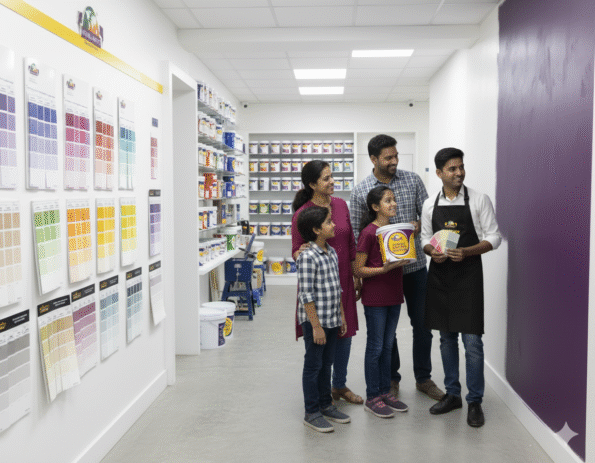
Essential Tips for Applying High Quality Paints
To maximize the potential of high quality paints, proper application is key. Begin with thorough surface preparation: clean walls, repair cracks, and sand for smoothness. Apply a quality primer, especially on new or unpainted surfaces, to enhance adhesion.
Use high-end tools like synthetic brushes and microfiber rollers for streak-free results. Paint in thin, even coats, maintaining a wet edge to avoid lap marks. Work in good lighting and moderate temperatures (50-85°F) for optimal drying.
For flawless finishes, apply multiple thin layers rather than one thick coat, allowing 2-4 hours between applications. Clean tools immediately with water for latex paints. These tips ensure your high quality paints shine.
Conclusion: Invest in High Quality Paints Today
In summary, high quality paints offer unmatched benefits, from durability to ease of use, making them indispensable for any home project. By understanding types, selection criteria, top brands, and application techniques, you can achieve professional results effortlessly. Ready to transform your space? Browse our e-commerce selection of premium high quality paints from leading brands and start your journey to a beautifully painted home today!

